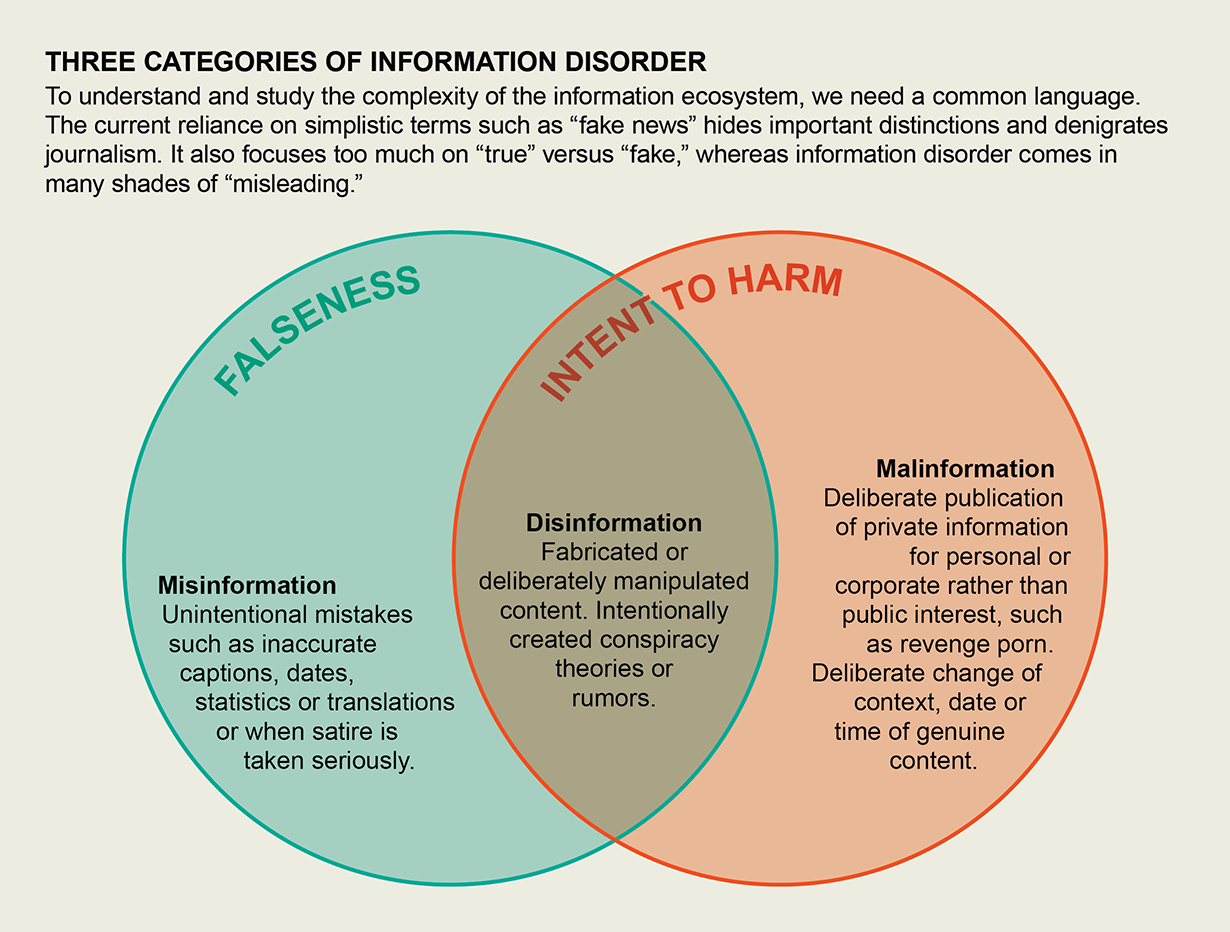Paper by Bijal Brahmbhatt et al: “With the ongoing trend of urban datafication and growing use of data/evidence to shape developmental initiatives by state as well as non-state actors, this exploratory case study engages with the complex and often contested domains of data use. This study uses on-the-ground experience of working with informal settlements in Indian cities to examine how information value chains work in practice and the contours of their power to intervene in building an agenda of social justice into governance regimes. Using illustrative examples from ongoing action-oriented projects of Mahila Housing Trust in India such as the Energy Audit Project, Slum Mapping Exercise and women-led climate resilience building under the Global Resilience Partnership, it raises questions about challenges of making effective linkages between data, knowledge and action in and for slum communities in the global South by focussing on two issues.
First, it reveals dilemmas of achieving data accuracy when working with slum communities in developing cities where populations are dynamically changing, and where digitisation and use of ICT has limited operational currency. The second issue focuses on data ownership. It foregrounds the need for complementary inputs and the heavy requirement for support systems in informal settlements in order to translate data-driven knowledge into actionable forms. Absence of these will blunt the edge of data-driven community participation in local politics. Through these intersecting streams, the study attempts to address how entanglements between southern urbanism, datafication, governance and social justice diversify the discourse on data justice. It highlights existing hurdles and structural hierarchies within a data-heavy developmental register emergent across multiple cities in the global South where data-driven governmental regimes interact with convoluted urban forms and realities….(More)”.

